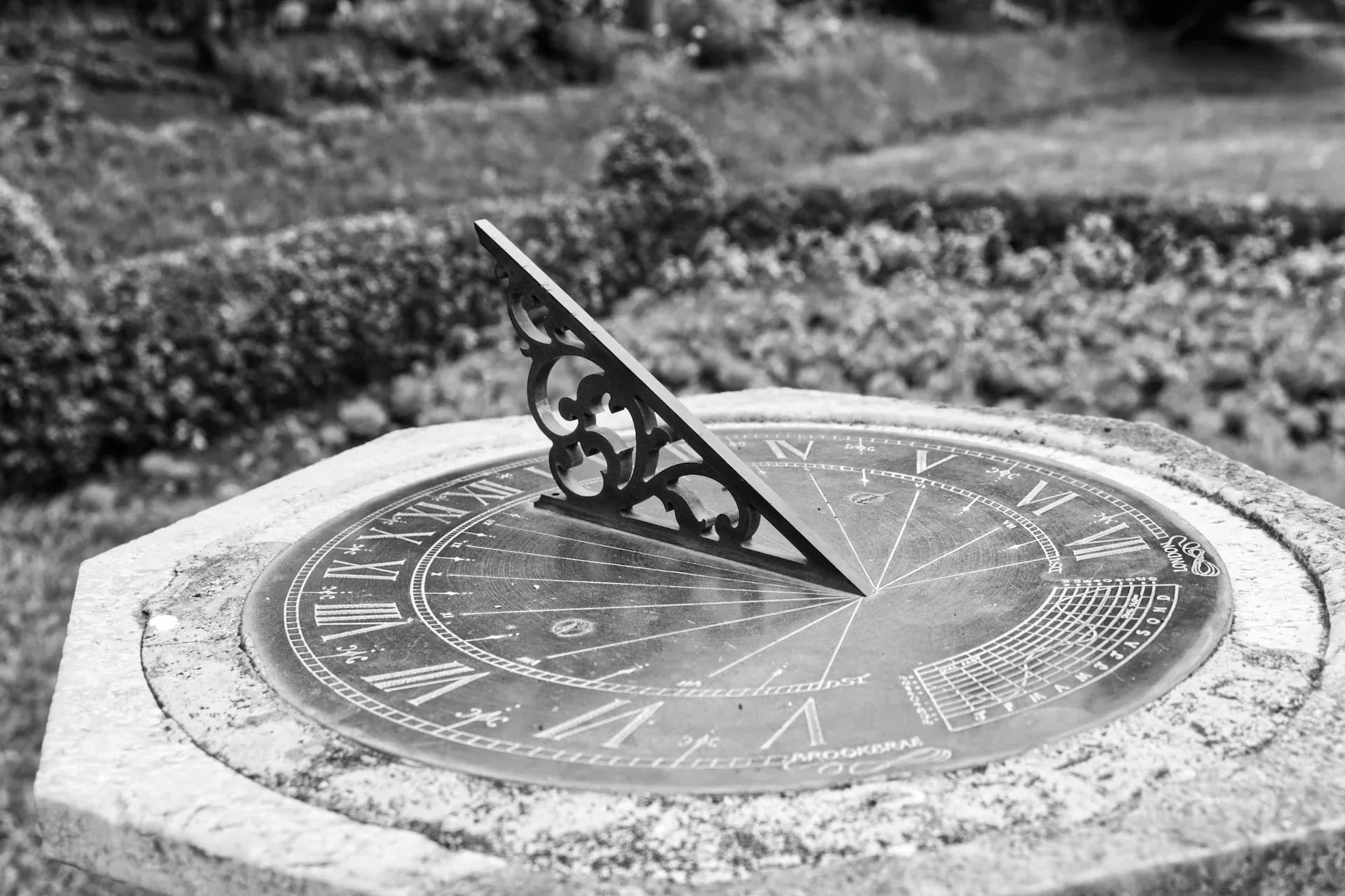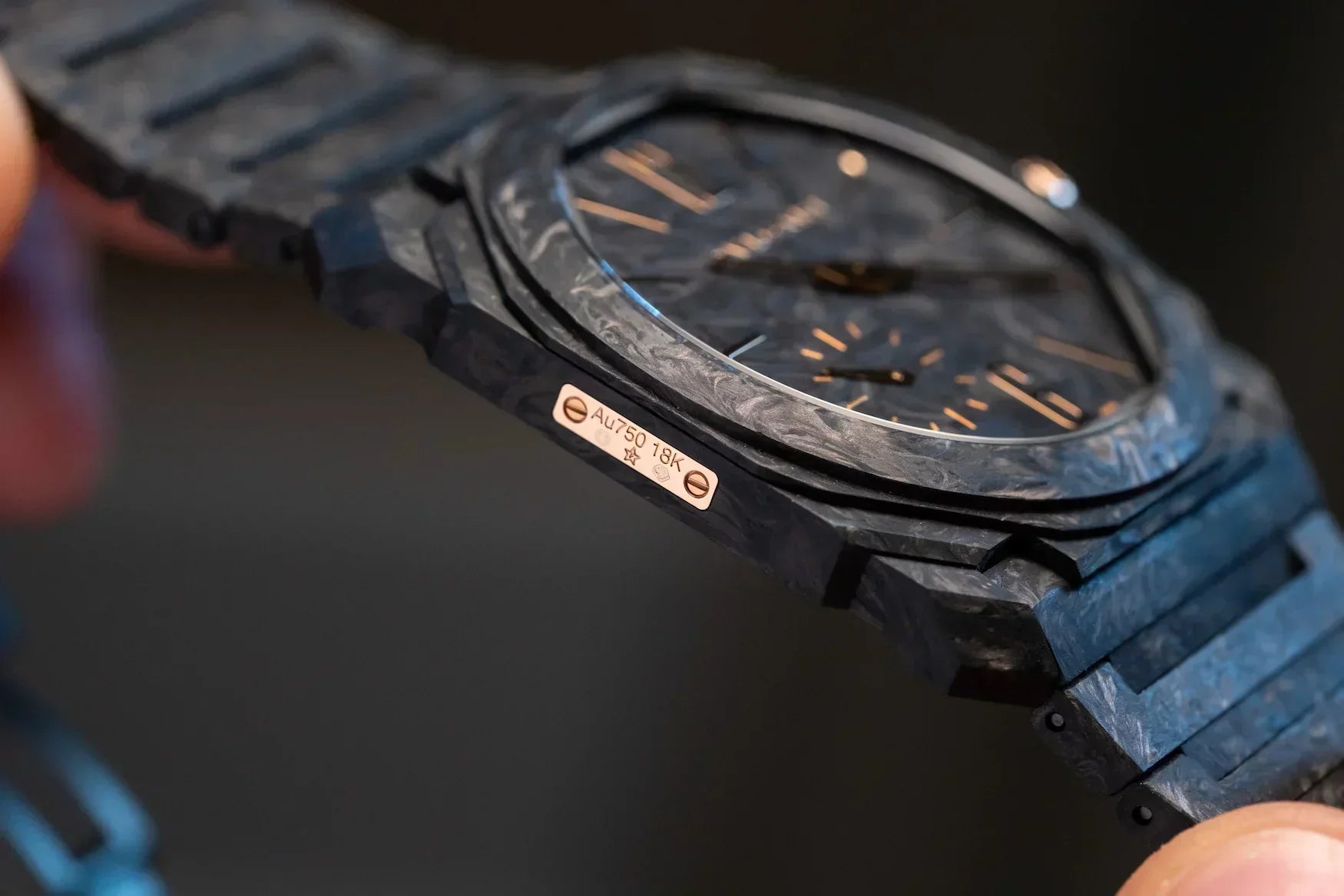
The Journey of Time... From the Shadow of Obelisks to the Pulse of Smartwatches
In the ancient streets of Egypt, where obelisks stand tall under the midday sun, the Egyptians were keeping time 4,600 years ago. Today, as our fingers glide across the screens of our smartwatches, we continue a new chapter in humanity’s longest quest: our relentless pursuit to master time.

When the Sun Was the Clock
Under the scorching sun at Karnak Temple, priests once watched the shifting shadows of towering obelisks. Archaeological discoveries confirm:
- The Obelisk of Senusret I (1950 BC) functioned as a colossal sundial, alongside the Stela of Wepemnofret (c. 2600 BC) from the Fourth Dynasty (Old Kingdom), discovered in Giza.

- The 12-hour system we use today was born in Babylonian civilization.
- The oldest portable sundial (1500 BC) was found in the tomb of a Theban noble.
When Mathematics Met the Sun
Dr. Ahmed Abdel Rahman, Professor of Archaeology at Cairo University, explains: "The Greeks transformed sundials from simple tools into precise instruments. Anaximander laid the mathematical foundations that allowed time measurement with astonishing 10-minute accuracy—a marvel for that era."

The Golden Age of Islamic Horology

In a narrow alley of Old Damascus, the sundial of Ibn al-Shatir (14th century) still tells the story of the golden age of Arabic science. Here:
- Al-Khwarizmi developed equations to adjust sundials based on geographic location.
- Muslim scholars crafted sundials that determined prayer times with unprecedented precision.
- Sundials became architectural masterpieces in mosques from Andalusia to China.

The Industrial Revolution... When Time Finally Ticked
The 16th century brought a radical transformation:
- Luxury pocket watches emerged as symbols of social status.
- Geneva rose as the global capital of watchmaking.
- The age of "time is money"*—as coined by Benjamin Franklin—began.

World War I... The Birth of the Wristwatch
In the trenches of WWI (1914–1918), the wristwatch was born out of military necessity. War correspondent John Smith noted in his memoirs: *"Officers strapped their pocket watches to their wrists to coordinate attacks more efficiently."*

Quantum Leaps in Precision. - Seiko's Astron quartz revolution (1969) - Apple Watch redefinition (2014)


2023 statistics reveal:
- 78% of wristwatches sold today are smartwatches.
- The luxury watch market continues to grow at 8% annually.
- Vintage mechanical watches sell for millions at auctions.
Conclusion: When Time Stops Talking
As we live in an era where smartwatches track everything from heartbeats to emails, sundials still whisper the lessons of history: *Technology may evolve, but our quest to understand time remains eternal.*
Will mechanical watches ever disappear completely? Share your thoughts using #JourneyOfTime



Leave a comment
This site is protected by hCaptcha and the hCaptcha Privacy Policy and Terms of Service apply.